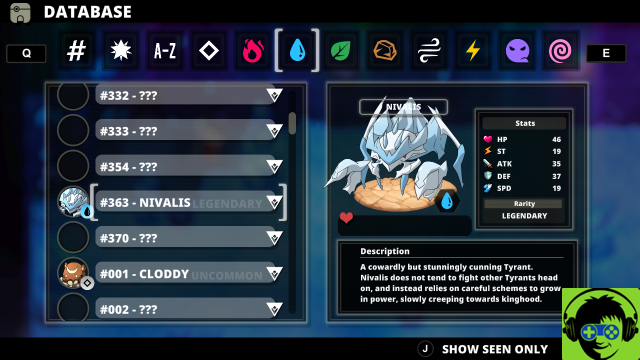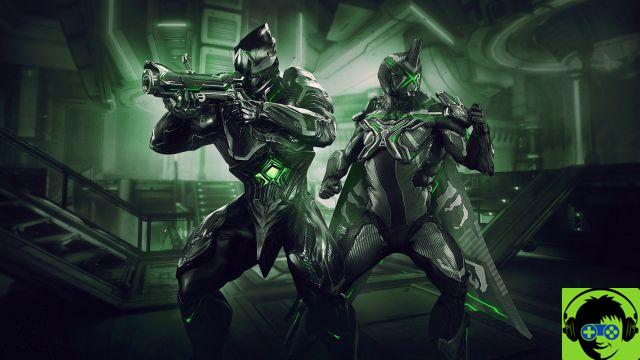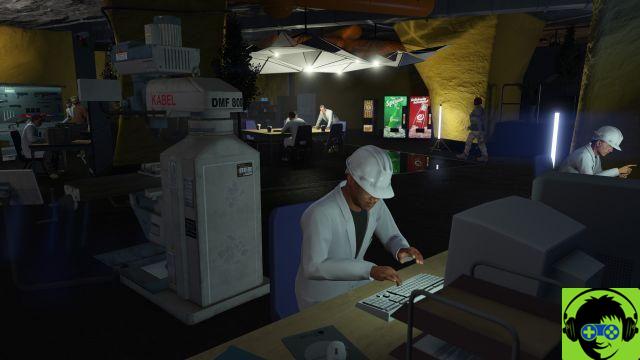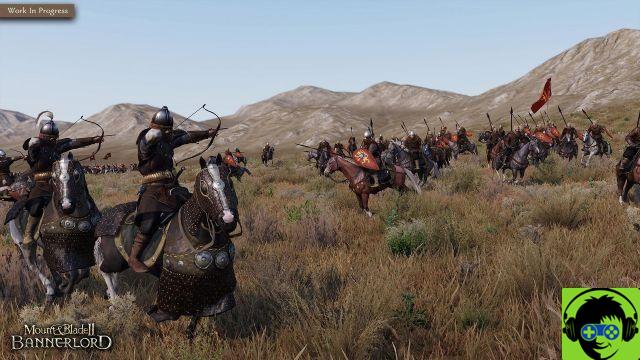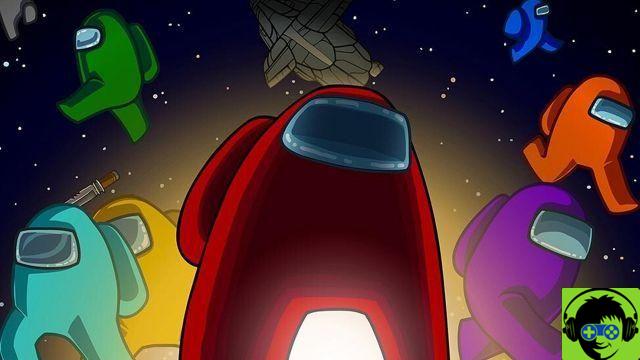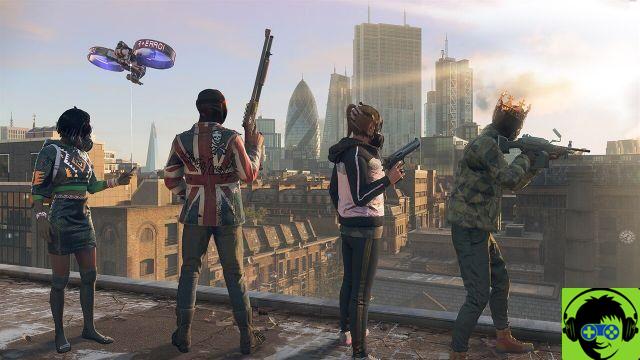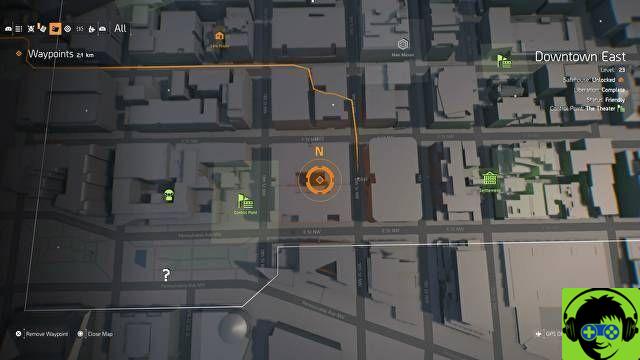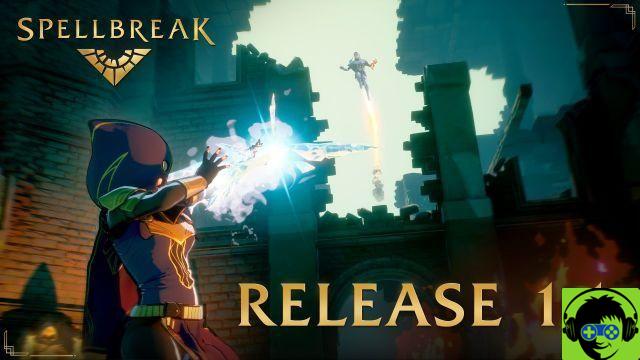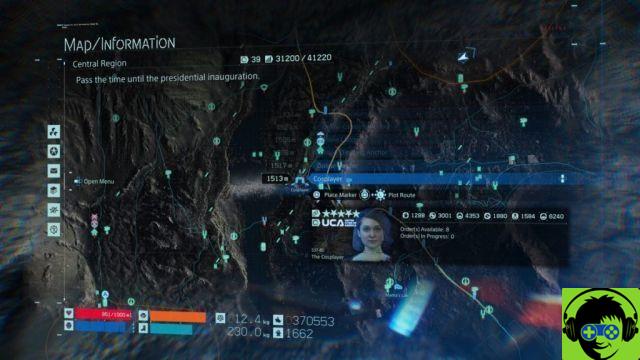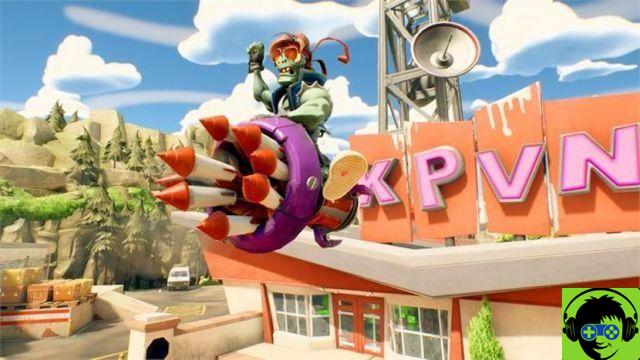
Hello everyone and welcome to the fourth part of the Warframe guide for new players.
With the previous tutorial we have delved into the vast and complex world that is the upgrade through mod, undoubtedly one of the most important parts of all to make life better for the player and to increase their awareness of the game.
Today we will take a further step, and, through the notions learned so far, we will understand how damage works in this game. We will therefore understand how to effectively hit each opponent, analyzing the statistics of each weapon and how they work.
In case you still have doubts about how to mod your weapons and where to find all the necessary material on the Orbiter, here are the necessary links together with the guide for those who are beginners:
- Guide for novices
- Guide on the orbiter and its potential
- Guide on mods and upgrading
Weapon Classifications:
If there is one thing he can boast of Warframe is an incredible variety of weapons.
Each weapon is divided into 3 macro category: primary, secondary or melee weapon, can be equipped.
In each of these macro categories, then, there are different groups of weapons with similar characteristics ma different statistics, up to in some cases to have secondary operations completely only.
For example, the Vasto and the Atomos are two weapons classified as secondary, but one falls into the category of semiautomatic pistols, while the other in the guns firing a continuous beam (type flamethrower).
Speaking instead of unique characteristics, we can always take the Vasto as an example compared with the Pandero, which, despite belonging to the same category, differ as the first he has no special skills or secondary shots, while the second has one secondary shot which empties the entire magazine with an automatic burst.
Statistics and operation:
By selecting a weapon in the arsenal, we will be able to see its characteristics at the bottom right.
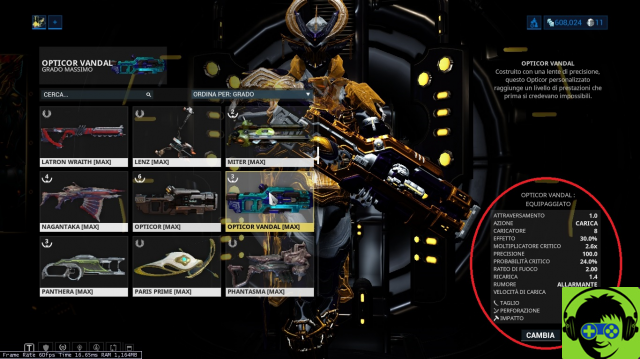
Each characteristic of the weapon can be easily deduced from this screen: the crossing indicates how many enemies are crossed with a shot, the rate of fire how many bullets it can fire per second, the action indicates the type of shot (which in this case is loaded) etc.
However, the characteristics on which we must focus to understand the damage we will do with a weapon are specific damages, in this case, "cut", "perforation" and "impact", but i elemental data critical probability, critical multiplier e the effect (also called "probability of effect" or "status chance" in English). But let's go in order.
Types of damage:
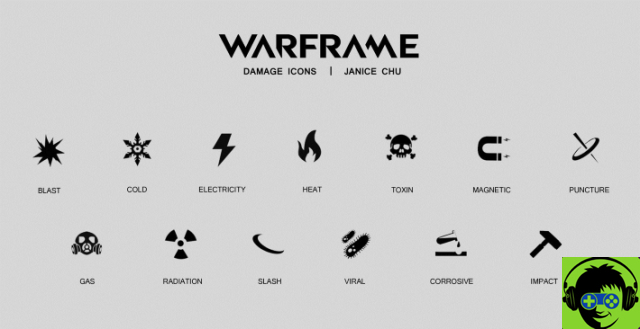
A weapon on Warframe can do two types of damage, physical o elementary, without one excluding the other (so a weapon can do exclusively physical damage, exclusively elemental or both physical and elemental).
Each of these two categories, then, contains different types of damage:
-
- Physical damages: damages from Cutting, Drilling e Impact (also called "IPS", "Impact-Puncture-Slash"). If a weapon has them natively, they can be improved with the appropriate mods, otherwise, however, there is no way to add them.
- Elemental data: they are included in this category and are differentiated into 4 elements.
Elements: Fire, Ice, Toxin e Electricity.
Each of these 4, then, can be combinedin groups of 2 to form a new element. For example, by combining Electric damage and Toxin damage together, we can get the damage Corrosive.
The combinations of elements are different, and they are all enclosed in the diagram below:
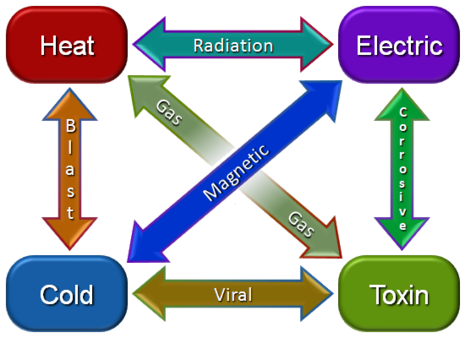
Unlike physical damage, elemental damage can be either natives of the weapon that be added with specific mods, which add to the already present give a further percentage of element.
So if I have a weapon with 100 total damage and add a mod that gives me 90% toxin damage, I will end up with 100 weapon base damage + 90 toxin damage.
These mods that add elements are grouped into the so-called 90 (mods that give 90% of a given element) and in the 60/60 (mods that give 60% of a given element and 60% effect).
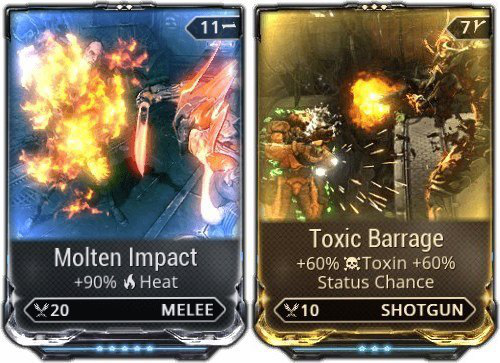
We will then see in the part dedicated to the probability of effect why this distinction is very important.
NB: A weapon that has multiple types of damage, when fired, deals all that damage to the enemy at the same time. The only thing it inflicts individually are the effects, which we'll explain later.
Strengths and Weaknesses:
Having such a wide variety of damage is not just for flavor: each enemy of the game, in fact, has different weaknesses and resistances to each type of damage, depending on the type of damage. armor, of shield or physical structure that owns.
In case you want to have more information on the weaknesses of each enemy, simply scan the enemy whose weaknesses you are looking for enough times and view it in the codex.
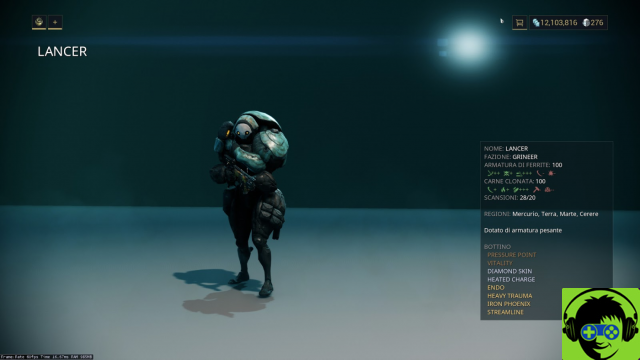
Taking a Lancer (grineer) as an example, it is possible to notice how this type of enemy does not possess a shield, but has only an armor to protect him before being hit directly on the flesh.
The elements to which the armor is weak are written in green, while those to whom it is resistant are written in red. The extent of the weakness or resistance is then highlighted through the use of many or few "+"In the case of weaknesses and"-"In the case of resistances.
This means that, as long as the enemy's armor is not removed, the enemy will take bonus damage from certain elements (in this case from corrosive, drilling and gas) while others will be resistant (in this case cut and blast).
In the case of our warframe, however, the situation is much simpler, given that we have no resistances and weaknesses to specific types of damage.
The only thing that can give us more or less resistance are the shields e the armor, but it is not a question of a selective resistance for some element, but universal.
The effects:
While the damage is important, an equally important thing for many weapons is the so-called Effects (also called Status o Why in English). Effects, as the name implies, are nothing more than side effects that the weapon can apply to each shot.
La chance for an Effect to activate is given by the effect of the weapon, and is expressed as a percentage that can range from 0% (never applies) to 100% (always applies).
Each type of damage has a different secondary effect.
Unlike normal damage, however, the effects can only be applied one by one per shot. It can be understood that an effect has been applied when, close to the number of damage and the health bar, appare pure an effect icon, or from graphic effects which vary according to the effect.
For example, if the corrosive effect is applied, the enemy will have a greenish aura, while if the gas is applied you will see a cloud surrounding the enemies.
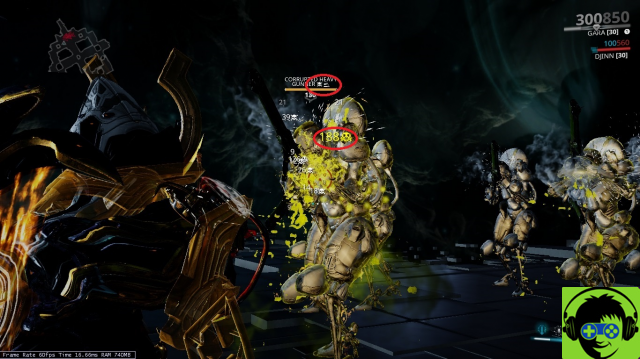
The higher a type of damage will be his un'arma, more likely than others to apply.
The only unintuitive rule to keep in mind in this case is that i physical damages have 4 times the probability to apply the effect with respect to elemental damage.
So, for example, if I have a weapon that does 200 damage from piercing and 300 from toxin, one would think that, being the highest toxin, its effect would be more easily applied.
However, since puncture damage is physical damage, has 4 times higher probability of applying, so if it multiplies 200 x 4 you get 800, a much higher value than that of the toxin. Ultimately, perforation damage will have priority in the application.
Here is a table with all the possible Effects:
Critical and Critical Multiplier:
As in many RPGs we've been used to, Warframe also has the mechanics of critical. A critical hit is none other than a hit that does more damage than a normal one.
La chance that a critical hit can occur is expressed by the characteristic "Critical Probability", while the extent of the damage that the enemy will suffer is equal to the total damage of the weapon multiplied by another statistic, the "Critical multiplier".
On warframe, the critical damage has different stages: in fact, if the critical probability is between 1 and 100, the player will have the opportunity to make a first level critic (slang "yellow critic”, From the coloring that the damage numbers take on when you hit the enemy).
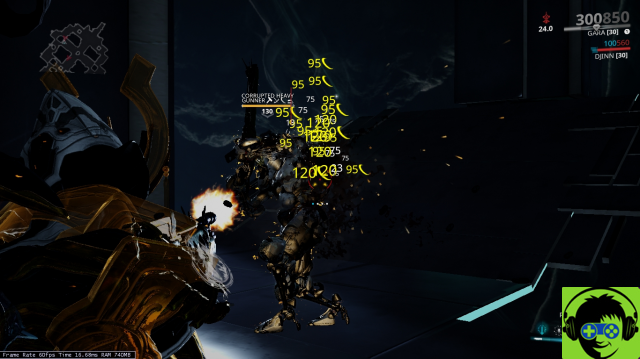
In case, however, you pass 100% critical, with a statistic of, for example, 125%, not only will you have the chance to make a yellow critical on each hit, but you will also have a 25% chance to make a second level critic (also called "orange critic”), Which will do even more damage.
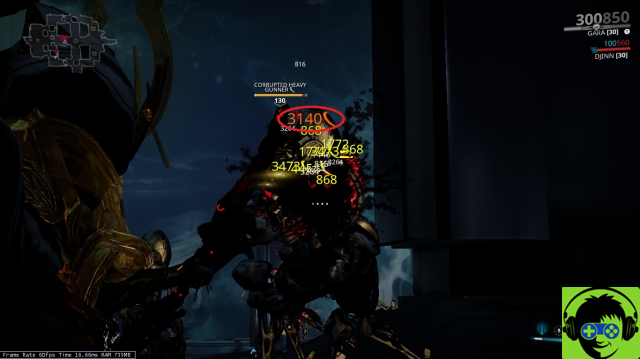
Over 200%, then, there will be different levels of "red critics”, Which will do exponentially greater damage.
The number of critical levels that can be reached are potentially infinite, but they are limited by basic weapon stats (they reach a maximum of 50%) and from quantity of mod which increase the probability of criticism, which are relatively few for each category.
Also, one way to increase critical damage even more is to be able to hit the enemy in the head with a critic, as this will cause 4 times more damage than would be done to another part of the body.
And after explaining that too, it's time to conclude this guide.
Today we went to explore one of the more sides technicians e notional Warframe, which we will need in the future to better understand how to distinguish really good from bad equipment.




